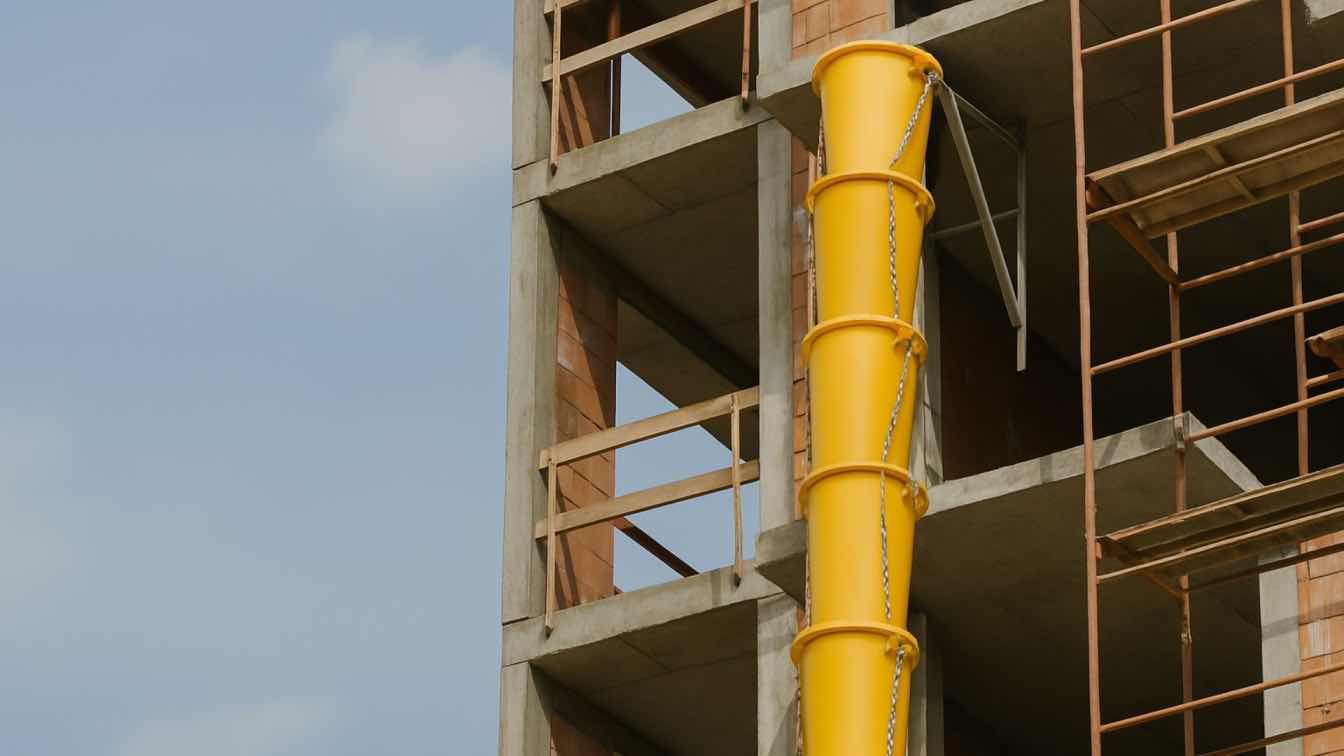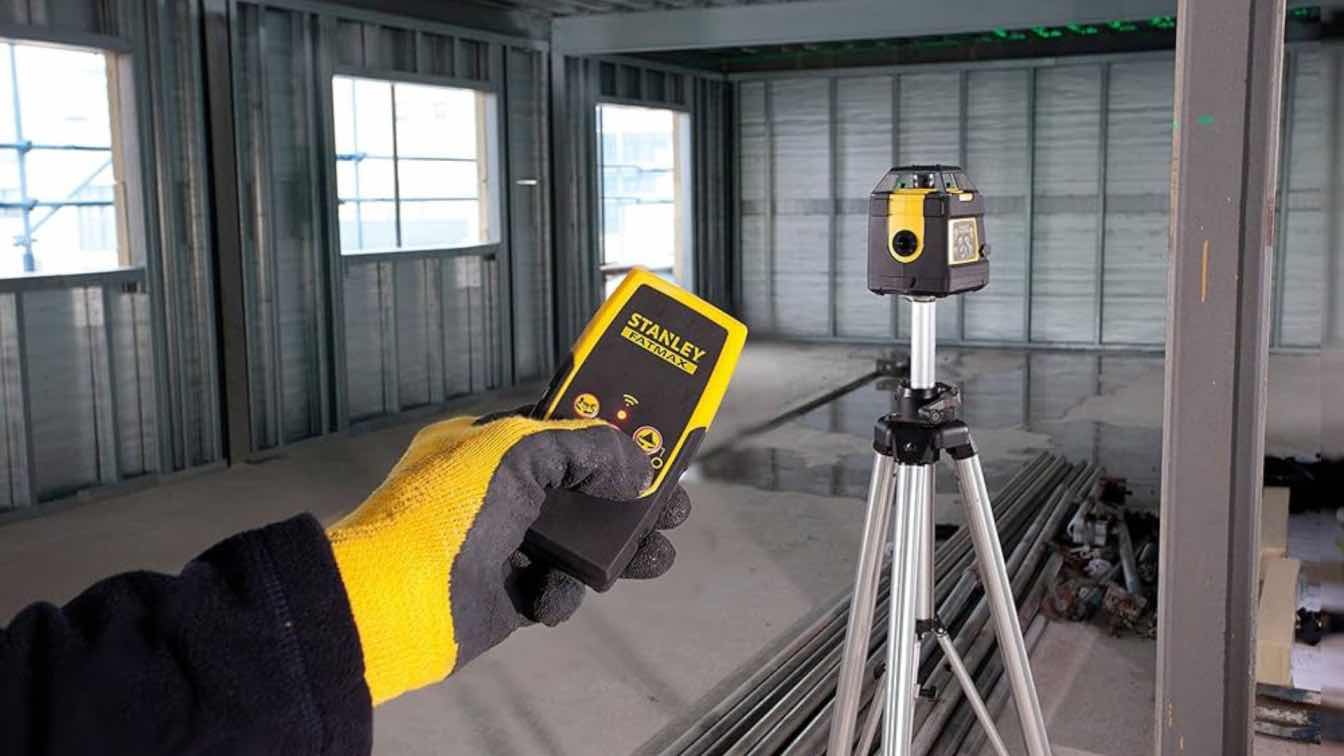Efficient waste disposal is a vital part of any construction project. Whether you're building up or tearing down, managing debris safely and quickly can make a noticeable difference in how smoothly the job progresses. For multi-story or complex builds, using debris chutes is one of the smartest ways to streamline site cleanup.
In this article, we’ll explore how to choose the best debris chute system for your construction site. We'll cover the different types of chutes available, the key features to look for, how to install them safely, and how to match the right chute to your specific project needs.
Why Debris Chutes Matter on a Construction Site
Construction generates a massive volume of waste, from broken bricks and wood to packaging and general trash. Transporting that material manually down stairs or elevators is not only time-consuming—it’s also risky. Construction debris chutes provide a vertical drop system that moves waste from elevated levels to a container or dumpster on the ground.
When chosen and installed correctly, debris chutes save time, reduce labor costs, and minimize the risk of injury. They also help maintain a cleaner and more organized job site, which makes for better inspections, improved worker morale, and even stronger client impressions.

Types of Debris Chutes
There are several types of debris chutes available, each with unique strengths depending on the type and scale of the job.
1. Plastic Debris Chutes
Plastic chutes are among the most commonly used options on U.S. job sites. Made from high-density polyethylene (HDPE), these chutes are lightweight, durable, and easy to install. They’re ideal for jobs up to 100 feet high and work well for general construction debris like drywall, wood, and roofing material.
2. Rubber Debris Chutes
Rubber chutes offer more flexibility and are often used for demolition projects where irregular debris and vibration might damage more rigid materials. These chutes are less noisy and tend to absorb impact better, making them ideal for high-traffic or sensitive areas.
3. Steel Chutes
Steel trash chutes are used less frequently due to their weight and higher cost, but they provide unmatched durability and fire resistance. They're often chosen for industrial sites or long-term projects with high fire safety requirements.
4. Modular & Custom Systems
Some trash chute systems can be customized based on site layout. These may include corner brackets, top hoppers, and dust containment attachments. For larger developments or high-rise structures, a modular design allows for flexibility and scaling as construction progresses.
Choosing the Right Debris Chute for Your Project
Before selecting a chute system, you need to evaluate several key factors:
1. Height of the Building
Most standard chutes are rated for specific vertical limits. Plastic debris chutes, for example, are commonly used for up to 100 feet. Beyond that, you’ll need specialized support frames or alternative materials to handle the weight and stress.
2. Type of Debris
Light materials like drywall and cardboard can be disposed of with plastic chutes. However, heavier or jagged materials like concrete or brick may require more rugged chute systems, such as reinforced plastic or rubber models.
3. Project Duration
Short-term jobs, like residential remodels or small roofing projects, may only require a temporary chute setup. On the other hand, long-term commercial or multi-phase projects may benefit from a more permanent system that can withstand extended use.
4. Space and Access
Look at your site’s access points. Can you mount a chute outside a window or floor opening? Is there sufficient space for a dumpster at the base? Debris chutes require vertical clearance and a safe debris drop zone, so proper planning is critical.
Safety Considerations During Installation
Installing trash chutes properly is essential for job site safety and compliance. Chutes should be secured with heavy-duty chains or mounting frames to ensure they don’t shift during use. Entry points should be clearly marked, and workers should be trained on how to deposit waste safely.
A well-installed debris chute system will include a top hopper, debris netting, and a base enclosure or dust shroud to prevent wind scatter. It’s also important to assign a site supervisor to inspect the chute system daily for wear, damage, or misalignment.
Benefits of Trash Chutes for Contractors
Though debris chutes and trash chutes are sometimes used interchangeably, trash chutes are more often associated with lighter, general refuse. That said, most debris chute systems double as trash chutes when used for daily cleanup and general waste. Contractors using construction trash chutes often report major improvements in job site efficiency, safety, and cleanliness.
Key benefits include:
Time savings: Reduce the number of trips needed to transport trash manually.
Lower labor costs: Workers spend more time on skilled tasks instead of cleanup.
Increased site safety: Minimize injury risks from carrying waste down stairs or scaffolding.
Cleaner appearance: Makes for easier inspections and client walkthroughs.
Regulatory compliance: Meets OSHA standards and often satisfies local building codes.
Cost vs. Value: Is It Worth the Investment?
While there is an upfront cost to purchasing or renting trash chutes, the long-term benefits far outweigh the investment. Contractors across the U.S. report that chute systems pay for themselves quickly through saved labor hours and improved workflow.
Consider the cost of multiple cleanup crew members making dozens of trips per day over the course of a two-month job. Now compare that with the one-time cost of a chute system that simplifies the entire process. Most contractors find that debris chutes lead to smoother scheduling, reduced safety issues, and a more efficient workforce.
Maintenance Tips for Long-Term Use
For debris chutes used over multiple phases or extended builds, regular maintenance ensures safety and durability. Check for cracks, loose connections, or damaged support chains. Keep the chute clean to prevent blockages and residue buildup, especially with drywall or roofing materials.
Storing your trash chute system properly after the project ends can also extend its life. Avoid stacking chute sections on uneven ground, and always inspect each section before reuse.
Common Mistakes to Avoid
Underestimating weight load: Ensure your chute material matches your debris type.
Improper anchoring: Failing to secure the chute can lead to dangerous shifts.
Overloading: Don’t allow too much debris to be dumped at once—this can cause blockages or structural strain.
Ignoring wind conditions: For outdoor installs, secure all entry points and base zones against high wind gusts.
Comparing Debris Chutes vs. Manual Waste Removal
Some construction teams still rely on manual labor to carry debris and trash down stairs or through elevators. While this method may seem cost-effective for very small jobs, it introduces a range of inefficiencies and safety risks that debris chutes eliminate.
Manual Waste Removal Challenges:
Time Drain: Workers spend significant time transporting materials instead of performing skilled labor.
Injury Risks: Carrying sharp or heavy materials on stairs increases the likelihood of falls or strains.
Workflow Disruption: Moving waste through occupied walkways interrupts other operations on-site.
Cleanup Bottlenecks: When debris accumulates, it takes longer to clear, delaying inspections and project phases.
Benefits of Using Debris Chutes Instead:
Streamlined Disposal: Chutes allow debris to be dropped from any level without interrupting the work floor.
Fewer Workers Required: One or two people can manage site waste without pulling others away from essential tasks.
Improved Safety: Reduces the chance of job site injuries by eliminating the need to carry debris manually.
Faster Inspections: A clean, organized site is easier to inspect and pass municipal requirements.
Final Thoughts
Debris chutes are a practical, time-saving, and safety-enhancing tool that every contractor should consider. Whether you’re working on a small home remodel or managing a multi-floor commercial development, choosing the right trash chute system can improve site workflow and reduce operational headaches.
By understanding the types of chutes available and the key features to look for, you’ll be better equipped to make a smart investment for your crew and your bottom line.
If you’re looking for high-quality debris chute systems designed for construction safety and efficiency, HodChutes offers durable solutions trusted by contractors nationwide. One satisfied user said, “We installed these chutes on our 8-floor build, and cleanup has never been easier or faster.”
From short-term rentals to long-term commercial projects, having the right chute in place can streamline debris removal and keep your project on track.





